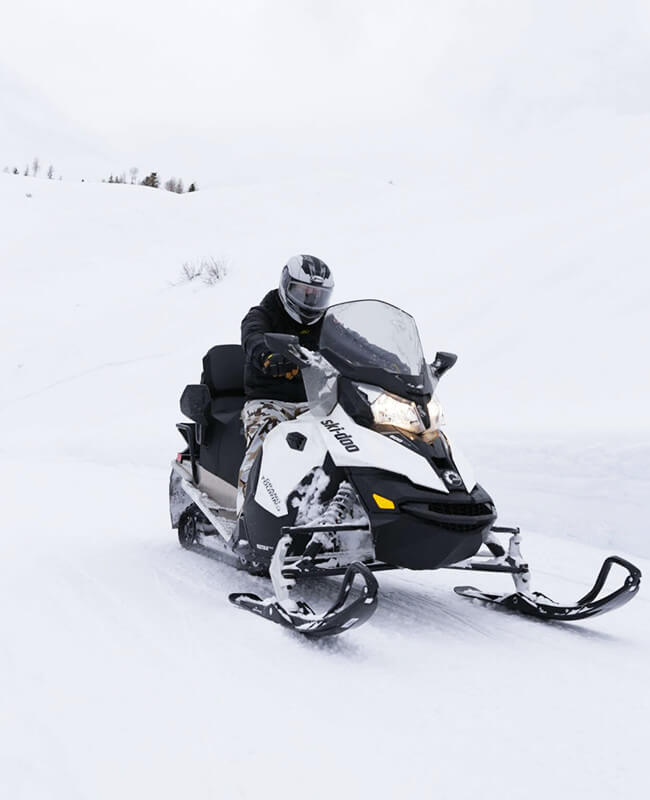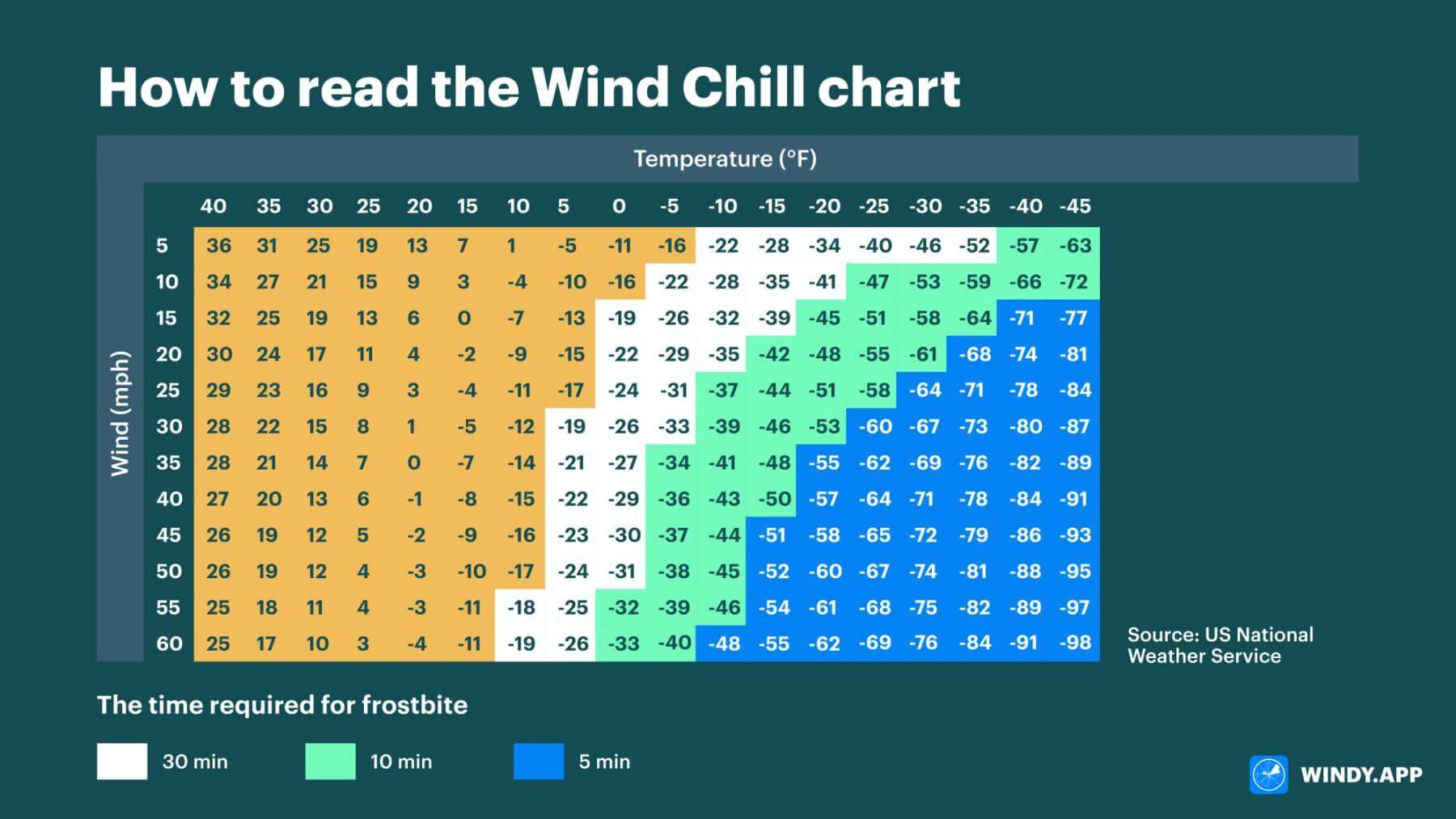Snowmobile Safety: All You Need to Know
Know your
capabilities and limitations
Most of all don’t go alone and be prepared for your ride.
Come Prepared:
Know the area, the weather, your route and the condition of your own body and equipment.
Safety Issues

Dressing Right
Therefore be prepared. Wear a helmet and eye protection. Because wind, snow, and sun can be hard on your eyes without a face shield or sunglasses.
Avalanche
Please visit the Bridger-Teton avalanche hotline on the web or call 307-733-2664 for the latest avalanche report. Also, you may visit the Forest Service Avalanche Forecast List for other areas of interest.
Alcohol and Snowmobiling Simply Do Not Mix
Forget the myth that alcohol warms up a chilled person. It opens up the blood vessels and removes the feeling of chill but it does nothing to increase body heat. Instead, it can increase the risk of hypothermia, a dangerous lowering of the body’s core temperature.
Finally, alcohol increases fatigue, fogs your ability to make good decisions, and slows your reaction time.
Therefore it’s part of the formula for disaster, and drinking and driving are against the law!
Hypothermia
Four primary factors contribute to hypothermia:
1. Cold (not necessarily severe).
2. Wetness (rain, snow, water immersion or condensed precipitation).
3. Wind (chill factor).
4. Exhaustion and/or lack of preparedness.
Symptoms include uncontrolled shivering, vague or slurred speech, fumbling hands or stumbling gait, memory lapses, drowsiness, and apparent exhaustion. In addition combat hypothermia by being prepared with high quality, insulated clothing (wool or synthetic fibers), adequate knowledge, and emergency rations.

Wind Chill

Source: windy.com
Ice Follies
Drowning is a leading cause of snowmobile fatalities. Therefore wherever possible, avoid riding on frozen lakes and rivers because ice conditions are never a safe bet. If you must cross-ice, check it out first on foot. Stay on the packed or marked trail. Don’t stop until you reach the shore. If you hit slush, dont let off on the throttle. If you are following someone who hit slush, veer off to make your own path.
As a rule of thumb, “If you don’t know, don’t go”.
Whiteout Conditions
Whiteout can occur when a sudden snowstorm hits you. The snowfall is so heavy that visibility is zero. Most of all experience cannot prevent you from getting lost during a whiteout.
If you are caught in the middle of one, the best bet is to stop and STAY WITH YOUR MACHINE. Wait until the condition lessens.
Flat Light
Stay on the trail. Wear amber lens glasses or a face shield to increase the contrast and improve visibility.
Frostbite
Immerse affected body parts in water less than 110 degrees, use a hot water bottle or heat from a campfire. Affected parts should be covered. Do not rub or apply pressure to affected areas and not apply snow or attempt to thaw in cold water.
Take a Friend!
In conclusion, don’t snowmobile alone.
Not only is snowmobiling more fun with family and friends, but it’s also safer too.
